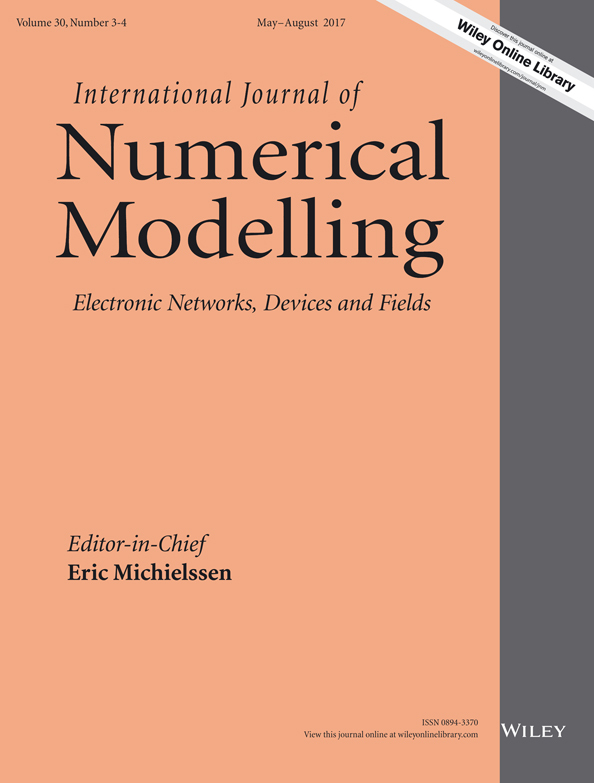Knowledge based response correction method for design of reconfigurable N-shaped microstrip patch antenna using inverse ANNs
Summary
Artificial neural networks (ANNs) have been often used for engineering design problems. In this work, an inverse model of a reconfigurable N-shaped microstrip patch antenna which is formed by ANN is considered to find design parameters. For this task, knowledge-based response correction consists of two steps, which include generating response using multilayer perceptron as a first step and correcting this response using knowledge based methods such as source difference, prior knowledge input, and prior knowledge input with difference as a second step. The proposed antenna has four states of operation controlled by two Positive-Intrinsic-Negative (PIN) diodes with ON/OFF states. The two-step ANN models are inversely trained using the optimum of the resonant frequency parameter as the input and the physical dimensions of the proposed antenna as outputs of the multilayer perceptron. The outputs and, in some methods, the input parameters of the multilayer perceptron are sent as input to the knowledge-based models while the obtained outputs from the two steps are the results of the new physical dimensions of the redesigned reconfigurable antenna that will be compared and analyzed. This input/output complexity of the proposed reconfigurable antenna allows an accurate and fast inverse model to be developed with less training data. Users may use this antenna and its ANN models to develop new products in the market where any frequency in the operating region can be given to the input to result an appropriate form of the new reconfigurable antenna. Copyright © 2015 John Wiley & Sons, Ltd.




